Agriculture
()
The Chinese have pushed agriculture to a high pitch of perfection with very simple instruments of husbandry. The natural fertility of the soil, combined with the industry of the farmer, are productive of abundant crops of cereals under favourable conditions of weather. The Ministry of Agriculture and Commerce has established experimental stations where efforts are being made to improve the culture of the various food products of the soil, and the Nanking Agricultural College has done much to advance modern methods of scientific farming.
The primitive Chinese plough is as ancient as the country, and is without colter or wheel, being merely a share point set in a very rude piece of bent wood, yet it answers the purpose remarkably well. It is generally harnessed to the yellow ox (  ), or to the water buffalo ().
), or to the water buffalo ().
Grain culture is of such importance in the national life that the Emperor used to set the example to the people every spring by means of a ceremonial ploughing () of a sacred field with a highly ornamental plough kept for the purpose, the Emperor holding it while turning over three furrows, the princes five, and the high ministers nine.... A monstrous clay image of a cow is carried to the spot, containing or accompanied by hundreds of little similar images. After the field is ploughed it is broken up, and the pieces and small images are carried off by the crowd to scatter the powder on their own fields, in the hope of thereby insuring a good crop. This ceremony, also known as meeting the spring (), or beating the spring ox(), though no longer carried out by the government officials, is still kept up in some of the country districts, where it is believed that its omission would result in disaster to the crops, and it is held at the period known as Lchn (), which occurs about the 5th February, when the farmers have a holiday.
A part of the iron of an old ploughshare is sometimes suspended on the outside of the clothing. At other times it is in a silver covering, having only a small part of the iron point projecting, or it is folded up neatly in a paper, and having been put into a small red bag, it is worn about the person. The object is to keep away evil spirits, to whom the sharp metal is objectionable.
Good harvests being essential to the well being of the people, the rain-bearing dragon, the sun-producing phoenix, the spirits of land and grain (), the god of the soil (), etc., are duly propitiated by means of shrines erected in the fields. In fact a good deal of the mythology and superstition of the Chinese is bound up with the art of agriculture, which is said to have been originally taught to the people by the legendary Emperor Shn Nng (), 28382698 B . C .
The Chinese Materia Medica (), or Herbal, deals with 1,892 botanical and natural history species, and contains 8,160 prescriptions for medicinal use. It was the work of L Shzhn (), who completed his task in 1578 after 26 years labour. There are also many other books on agriculture and botany, in which a wealth of detail and abundance of illustration have been recorded and transmitted from very ancient times.
Among the principle agricultural products of the country are rice, wheat, maize, golang , millet, barley, oats, buckwheat, beans, peas, sesamum, rape, hemp, jute, ramie, taros, yams, sweet potatoes, marrows, and fruit of many kinds.
The great defect in Chinese agricultureignorance of methods of improving the seed by selection and crossingis a particularly serious drawback in the cultivation of rice.
A Chinese family consisting of three generations could live comfortably on a piece of ground scarcely large enough to place the implements of many an American farm. There may or may not be a horse to help to till the ground; probably there will be a cow, a buffalo or a donkey. Human labour is the main source of energy, and the farmer, his wife and children all work unremittingly, bestowing individual attention to each root, almost to each stalk that grows. The ubiquitous pig, a great factor in Chinese agricultural economy, is often an inmate of house as well as of shed.... The water-wheel is used in farming for raising water from a running stream or pond to irrigate fields. It is made entirely of bamboo and wood, no metal being employed. It is supported by a framework of bamboo poles placed close to the bank on to which the water is to be raised. When this is taken from a stream the wheel is driven by the pressure of the water against flat pieces of wood attached to the periphery to which are also fastened bamboo tubes. These tubes fill with the water as they pass through it and as the revolution of the wheel carries them to the top they discharge into a trough from which the irrigating canals radiate. In places where the water is stationary the wheel is turned by men treading on it. Wheels of this kind are sometimes over 30 feet in diameter.
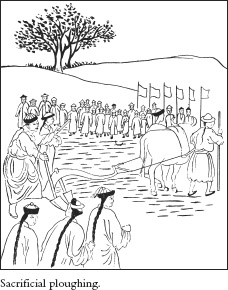
The Chinese symbol for well, jng (), is an agricultural key-word denoting fields anciently laid out along the lines of this character. Each jng was divided into nine plots. To eight families were assigned the eight exterior plots, the one in the centre, containing a well with four roads leading to it, being reserved to be worked in common on behalf of the State. Thus China began with an equalized system of land tenure and taxation. The word for earth is denoted by the symbol (), of which the upper line is the surface soil, and the lower the sub-soil or rocky substratum, while the central stroke represents the vegetation; the word field (), unmistakably portrays the dykes of the rice or paddy fields; while the character for man or male is a combination of power and field (), literally labour in the fields; the sign for rice () is a figure depicting four grains divided by the form +, expressing the separation by threshing. These derivations illustrate the vital importance of agriculture to the Chinese from time immemorial.
Alarm-staff
()
Sanskrit, Hikile or Khakhara . A staff with a leaf-like loop at the top, with jingling rings, carried by the mendicant monk to drown by its jingling all worldly sounds from the ears of the holder and to warn off small animals lest they be trod upon and killed. Buddha is said to have possessed a pewter staff (), the shaft of which was made of sandalwood, and the head and rings of pewter. Sometimes a priest wears clogs with only one cross-piece instead of two to make the least possible sacrifice of creeping life.
The primary laws of Buddhism forbid the taking of animal life under any circumstances whatever. Were these laws rigidly observed, the lives of obnoxious insects, reptiles, etc., would be inviolate. They are, however, practically disregarded, except in relation to some of the larger animals, though birds are generally kindly treated by the Chinese, and considerable merit is believed to accrue to those who purchase fish, tortoises, etc., at religious festivals, and return them to their natural element.
Amber
()

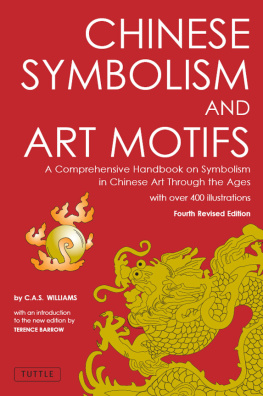
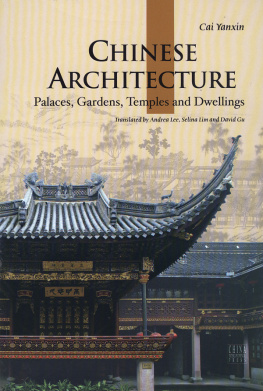
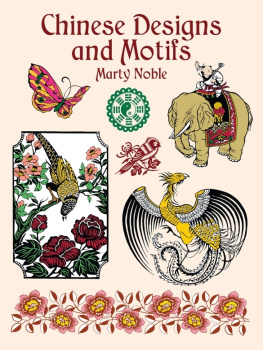
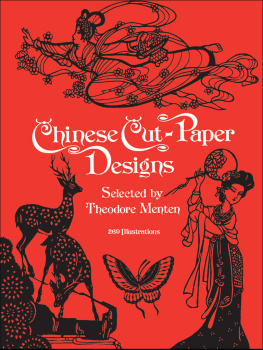

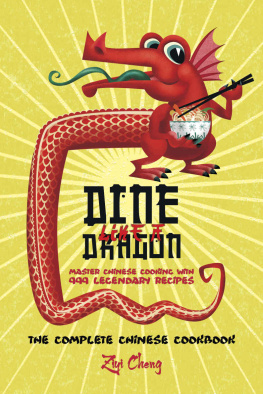

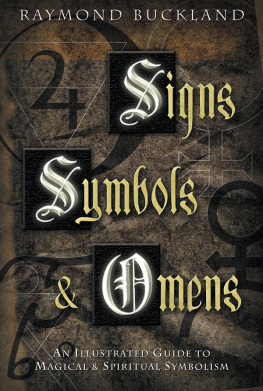
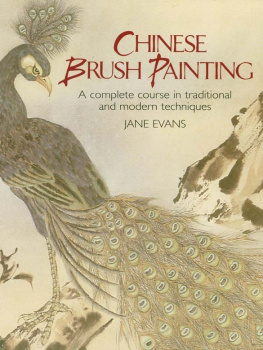
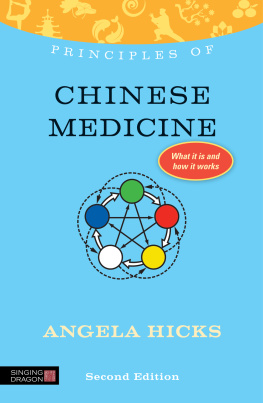
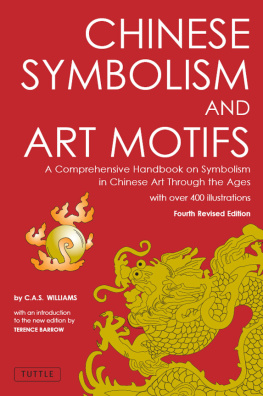


 ), or to the water buffalo ().
), or to the water buffalo ().

